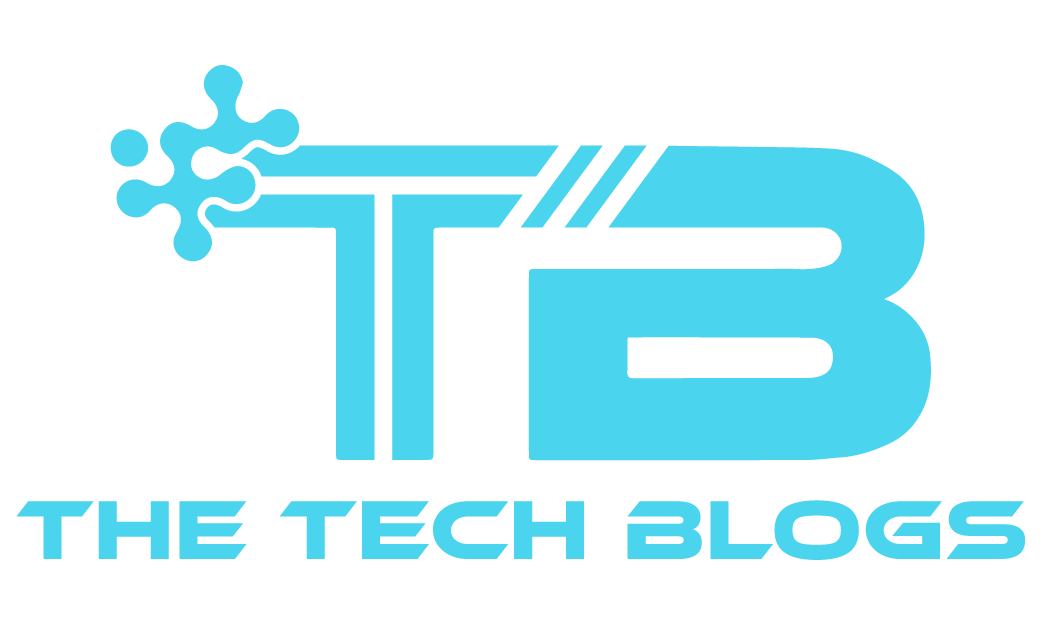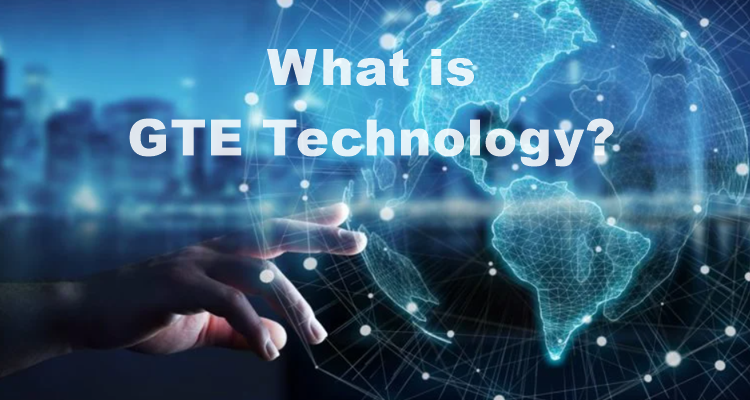In today’s ever-evolving technological landscape, new terms and concepts often arise that demand our attention. One such groundbreaking concept is GTE technology. Whether you’ve heard of it in passing or seen it being discussed in tech forums, it is stirring the pot and for good reasons.
What is GTE Technology?
Simply put, GTE stands for Generalized Technology Environment. It refers to a comprehensive technological framework that allows for seamless integration and functionality across multiple platforms and industries. Unlike specialized technology that works within a narrow scope, it offers a broader range of applications.
Why GTE Technology Matters
Understanding it isn’t just for tech aficionados or industry insiders; it holds relevance for virtually anyone living in our modern, digitized world. Its applications span numerous industries, from healthcare and automotive to retail and entertainment. The benefits? Think improved efficiency, reduced costs, and innovations that you wouldn’t believe are possible.
Historical Background
The Genesis of GTE
The concept of a Generalized Technology Environment dates back to the late 20th century. However, it wasn’t until the rapid advancements in computing and data science that GTE started becoming a palpable reality.
Milestones in GTE Development
Over the years, it has undergone significant improvements and innovations. From the introduction of cloud computing to machine learning algorithms, each development has taken it a step closer to becoming a ubiquitous part of our lives.
Core Components of GTE Technology
Software Aspects
In terms of software, it is extremely versatile. It involves a blend of algorithms, user interfaces, and data management tools that facilitate its generalized application.
Hardware Requirements
Although GTE is often discussed in the context of software, hardware also plays a vital role. From powerful processors to efficient memory units, hardware components ensure that the technology can operate at optimal levels.
Applications of GTE Technology
In Healthcare
it is significantly reshaping healthcare. Its capabilities range from simplifying administrative tasks to performing complex surgeries via robotic arms.
In Automotive Industry
Self-driving cars, optimized traffic management, and real-time vehicle diagnostics are just some of the many applications of it in the automotive sector.
In Entertainment
From virtual reality to personalized streaming recommendations, GTE is making waves in the entertainment industry. It has opened up avenues for interactive and immersive experiences like never before.
In Retail
Imagine walking into a store where personalized suggestions pop up on your smartphone as you browse through the aisles. This level of customization is made possible through it.
Advantages of GTE Technology
Boosts Efficiency
It streamlines operations and makes them more efficient. Businesses that adopt this technology find that they can accomplish more in less time.

Saves Time
From automating repetitive tasks to facilitating quicker decision-making, it saves valuable time in both personal and professional settings.
Lowers Costs
Though the initial investment in it can be high, the long-term cost savings are substantial. Businesses find that they can operate at a fraction of the costs due to automation and improved efficiency.
Challenges and Limitations
Scalability Issues
One of the major challenges of implementing it is scalability. While it offers a range of functionalities, not every business can afford to implement it on a large scale.
Ethical Considerations
Data privacy and ethical use of technology are always concerns, especially when dealing with a system as comprehensive as GTE.
Future of GTE Technology
GTE and Artificial Intelligence
GTE technology and AI go hand in hand. The future likely holds even more advanced integrations between the two, offering unprecedented capabilities.
GTE and Sustainability
With concerns over environmental impact, the role of it in promoting sustainability is something to look forward to.
Myths and Misconceptions
Debunking the Myths
Many people hold misconceptions about it, thinking it’s either too complex or not applicable to their industry. This section aims to debunk those myths.
FAQs
- What industries benefit most from GTE technology?
Various industries like healthcare, automotive, entertainment, and retail significantly benefit from it. - How secure is GTE technology?
It incorporates advanced security protocols but, like any technology, is not entirely immune to risks. - What is the initial cost for implementing GTE technology?
Initial costs can vary widely based on scale and scope, but they are generally high. - Can GTE technology replace human jobs?
While it can automate certain tasks, it is not designed to fully replace human involvement. - How does GTE technology impact our daily lives?
It simplifies complex tasks, saves time, and offers a more personalized user experience in various aspects of daily life. - What makes GTE technology different from specialized technologies?
It is designed for broad application across multiple industries, unlike specialized technologies that serve specific sectors.
Conclusion: Why GTE Technology is the Future
GTE technology is more than just a buzzword; it’s a game-changing innovation that’s here to stay. From boosting efficiency and lowering costs to opening up new avenues for technological advancements, the possibilities are endless. If you’re not already thinking about how it can benefit you or your business, now’s the time to start.











